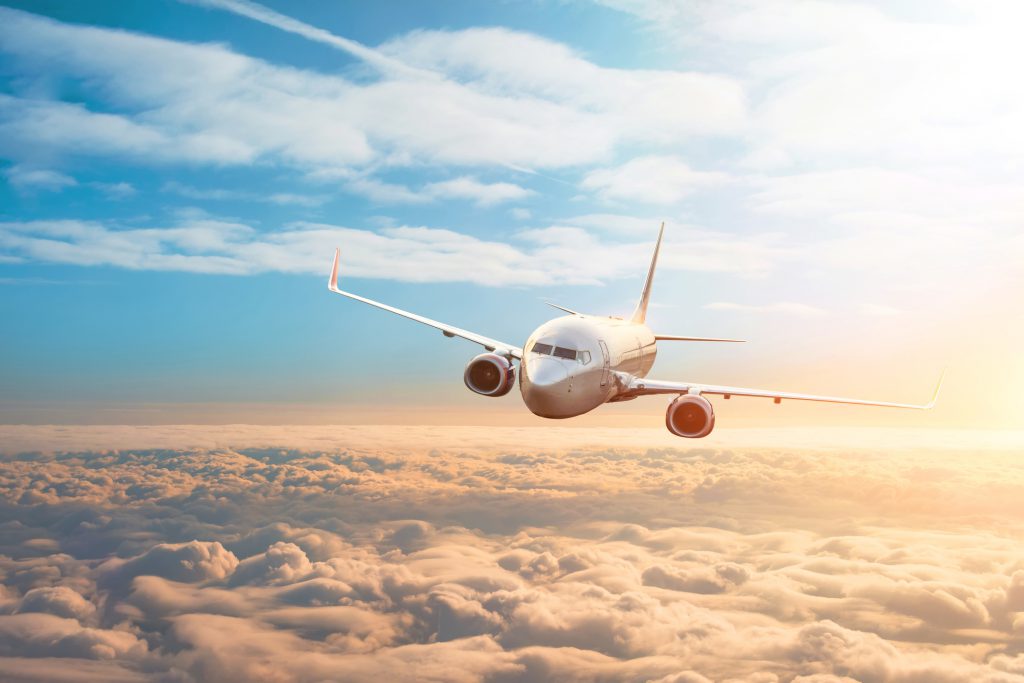“There’s one dangerous part of the airplane trip, and that’s the drive to the airport,” John Cox, a retired airline pilot and aviation accident investigator told CNBC in relation to a story that ran in 2019.
That article, about the increasing safety of American skies, ran a decade after the then-last fatal commercial airline incident in 2009 in Buffalo, New York.
Fast forward to Jan. 5, 2024. Aviation safety made headlines again when passengers aboard an Alaska Airlines flight “feared they would not survive,” after part of the Boeing 737 Max-9 aircraft’s fuselage ripped out, leaving a door-sized hole in the cabin. Investigations revealed that a manufacturing defect was to blame, thrusting The Boeing Company into the spotlight.
In addition to probes from state and federal regulators, questions from airlines and wary customers, share price dips of up to 20% in the two weeks following the incident, legal action ensued.
A look at Arlington, Virginia-headquartered Boeing’s legal exposure over the last ten years shows that commercial aircraft incidents have driven spikes in filing activity. These lawsuits commonly take the form of airplane product liability or personal injury claims as well as corollary ones involving fraud or misrepresentation.
A Bumpy Ride
According to Docket Alarm analytics, there have been more than 1,100 filings in the last decade, with more coming in the latter half. Peaks, whether spanning one month or many months, were attributable to the following incidents:
- In August 2015, cases over an Asiana Airlines Boeing 777-200ER’s crash landing at San Francisco International Airport were consolidated in the Northern District of California. In that incident, three of the 291 passengers were killed, 49 were seriously injured, and many more were minorly injured, according to a National Transportation Safety Board report.
- Lawsuit filings spiked in early 2019 after two crashes of Boeing 737 Max 8 aircraft killed 346 people in a span of five months in 2018 and 2019. According to New York Times coverage, the incidents were attributed to a malfunctioning system that overrode pilot instructions.
In the wake of those incidents, Boeing settled with the Department of Justice for $2.5 billion over allegations that it had conspired to defraud the Federal Aviation Administration about the safety of its planes. The following year, the company paid $200 million to settle with the Securities and Exchange Commission over similar misrepresentations allegedly made to the public in the wake of the crashes, also spurring derivative litigation. - Last January, litigation spiked again after cases against Boeing over a 2021 crash into the Java Sea were consolidated in the Eastern District of Virginia for resolution. In that incident, all 62 Indonesian passengers perished when the plane, a Boeing 737-524, failed as a result of mechanical and pilot error.
Several lawsuits have been filed by passengers of the recent Alaska Airlines incident, though the filings are not yet reflected in the data. With investigations still ongoing, the number is likely to grow as more information comes to light.
Employment Litigation
Aside from product liability and personal injury suits against Boeing, employment-related cases were the second most frequent case type. As of December 2022, Boeing employed more than 150,000 worldwide in various business branches, according to its own statistics. About one quarter of those employees work in the commercial airline business, second only to its “enterprise” arm, which employs over 70,000 workers.
Competitor Airbus
Boeing’s primary rival, France-based Airbus SE, has faced about a tenth of the lawsuits Boeing has in the United States in the last ten years. While Docket Alarm Analytics’ litigation statistics do not make a safety or liability comparison possible, what can be said is that Airbus’ extraterritorial headquarters likely account for much of the reason why the company has been sued far less often than Boeing, though that fact has not totally immunized it.
Airplane product liability cases filed domestically arose not only from crashes, like suits filed by the relatives of 75 passengers who died in a 2014 AirAsia crash in Indonesia, but also from “exposure” injuries. According to two complaints filed by pilots and crew members of JetBlue Airways, they inhaled toxic fumes due to a malfunctioning air circulation system on certain Airbus-made aircraft.
Abroad, Airbus faced charges in France following the 2009 crash of Air France 447, which plummeted into the Atlantic Ocean, killing all 228 aboard. Both Airbus and Air France were the subject of criminal litigation that concluded last year without a finding of fault, according to The Guardian. On the civil front, the two parties were considered jointly liable for claims by victims’ families as the crash was attributed to a combination of mechanical and piloting error.
